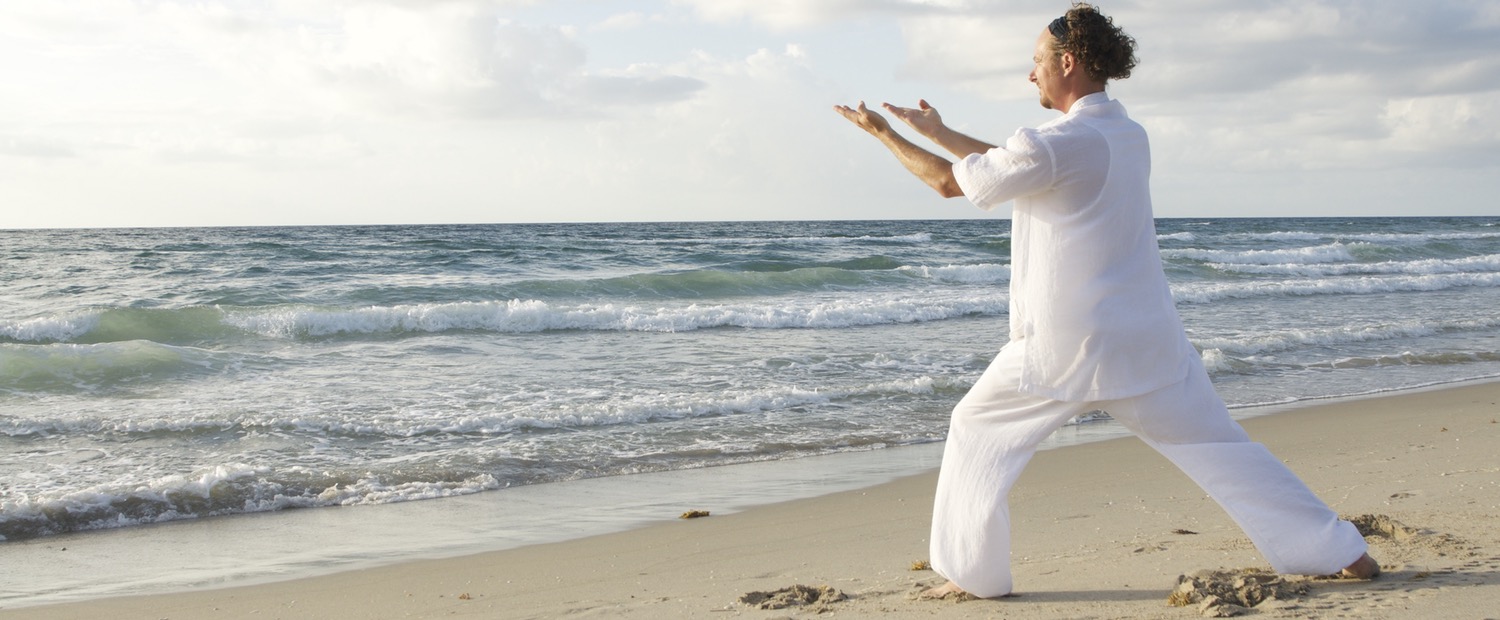The early years are a critical time for development. During this period, the brain of a toddler is like a sponge that soaks up as much information as possible to form a foundation for future learning.
For this reason, parents are often concerned about what kind of education is best for their children. Should they opt for a Montessori Preschool or a traditional, play-based one? Here is a look at the key differences between the two types of programs.
Montessori schools offer a child-centered environment that emphasizes self-paced, individualized instruction. Students are encouraged to work on activities that capture their interest for uninterrupted blocks of time. The classroom environment is filled with a wide variety of educational materials that span from sensorial concepts such as color, shape and size to academic skills such as math, science and reading.
A typical Montessori preschool class features a mix of students of different ages. This multi-age classroom provides a unique opportunity for students to learn from each other and help each other. Younger students can benefit from emulating their older peers, and older students can hone their leadership skills by mentoring the younger children. In addition, having students of different ages working together mimics the way many people work in real life and helps children develop social skills that will help them throughout their lives.
In a Montessori classroom, teachers serve more as guides than instructors. Instead of standing in front of the classroom and lecturing on a subject, they carefully observe each student’s progress and guide them to new activities that will challenge them without overtaxing their abilities. When a student becomes frustrated with an activity, the teacher offers reassurance and allows them to return to a previous lesson that will allow them to work through their frustration.
The Montessori approach is based on the belief that kids are natural-born learners who are eager to explore and discover their surroundings. In order to take advantage of this learning potential, it is important to provide children with the best possible educational environment. Montessori-style classrooms provide an ideal learning environment by allowing children to move through an educational cycle that builds on itself over the course of three years. This allows students to take advantage of this window of time when the mind absorbs information like a sponge, while helping them to build coordination, concentration and independence.
Montessori classrooms also feature specially designed educational materials that are both beautiful and ingenious. These materials include “self-correcting” lessons that teach 1 skill at a time, so that the child can easily identify when they have done an activity incorrectly and try again independently. These materials also promote critical thinking by requiring students to think outside the box to solve problems. These are the types of lessons that will help kids develop confidence and independence as well as a love for learning that will last a lifetime. By the time they graduate from pre-K to kindergarten, Montessori kids are not only ready for school, but they are also confident and ready to start their academic journey with a strong sense of confidence and purpose.
…
